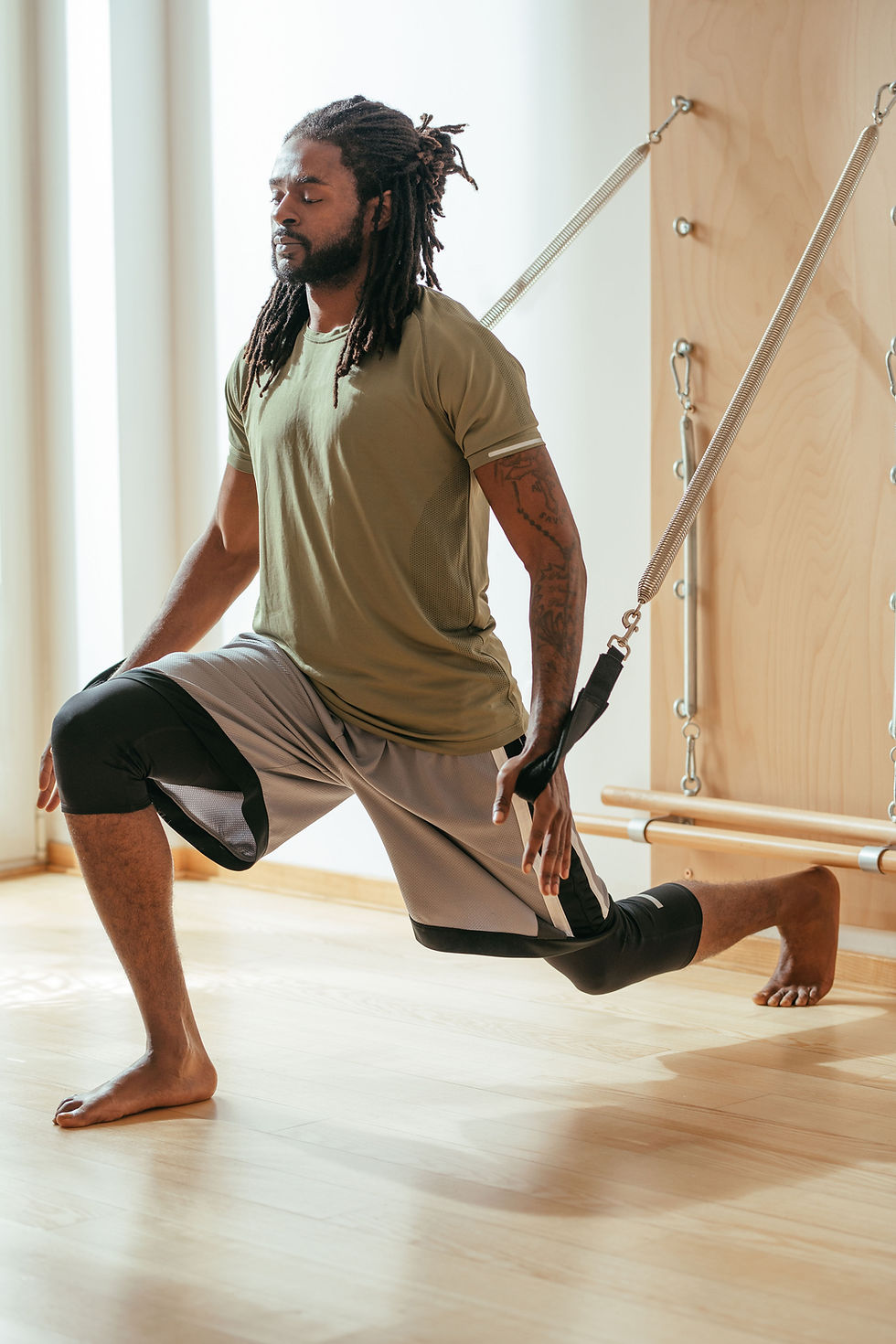Managing Musculoskeletal Injuries: Understanding POLICE, Staying Active vs. Exercising, and the Role of Rehab
- Dr. Levi Merritt DC, NBC-HWC, CPT
- Jun 24
- 3 min read
Updated: Aug 15

Musculoskeletal (MSK) injuries are common, whether they result from exercise, sports, accidents, or everyday strain. These injuries can vary from minor sprains to more serious joint or soft tissue damage, and how you respond in the first few days can significantly impact your recovery. A helpful and modern framework for managing these injuries is the POLICE principle—an update to the old RICE method. POLICE stands for Protect, Optimal Loading, Ice, Compression, and Elevation.
POLICE
Protect refers to immediately limiting movement and stress, and potentially using support like braces or crutches to prevent further damage. After the initial injury, many people think they need complete rest, but that’s no longer the recommended approach.
Optimal Loading encourages gentle, controlled movement within a pain-free range to promote circulation, reduce stiffness, and stimulate healing. It’s about doing the right amount of movement—not too much and not too little.
Ice can still be useful in the first 24 to 72 hours for reducing pain and swelling, as long as it's used appropriately.
Compression using wraps or sleeves can further manage swelling and offer support, and Elevation helps reduce fluid buildup by raising the injured area above heart level.
STAYING ACTIVE VS EXERCISE
An important distinction in injury management is the difference between staying active and exercising. Staying active means doing the everyday things you normally would—walking, household tasks, even returning to work—as long as you stay within your pain limits and modify as needed. It’s about gradually increasing movement day by day to maintain confidence and circulation. Exercise, however, is structured, intentional physical effort aimed at improving strength, endurance, or function.
During the acute stage of an injury, formal exercise is usually not appropriate and may even be harmful. Pushing too soon can worsen the injury and prolong recovery.That said, once the acute stage passes and swelling and pain begin to decrease, rehabilitative exercise becomes essential. This is the phase where you work to regain what was lost—flexibility, strength, control, and balance. Without intentional exercise in this phase, you risk losing muscle mass, developing stiffness, or even re-injuring the area due to poor movement patterns or compensations.
HOW EXERCISE HEALS
Exercise promotes healing by triggering beneficial physiological adaptations. It improves blood flow, delivering oxygen and nutrients to tissues that need to repair. Loading tendons and ligaments stimulates collagen remodeling, making them stronger and more resilient. Muscle contractions also help pump fluid out of swollen areas and reduce atrophy, while targeted exercises retrain your nervous system to coordinate safe, efficient movement again.
FORMULA FOR RETURNING TO EXERCISE
When working around injuries, a useful strategy is to adjust your approach by focusing on load, range of motion (ROM), form, and exercise type.
For example, if squatting causes knee pain, you can reduce the load by using bodyweight instead of heavy weights.
Adjust your range of motion by squatting only as low as comfortable instead of deep squats.
Tweaking your form, such as ensuring your knees track properly over your toes, can also reduce stress on the joint.
Finally, if squatting still hurts, try a different exercise like glute bridges or step-ups that engage similar muscles but don’t aggravate your knee.
Similarly, if overhead pressing causes shoulder pain, reduce load or try partial range of motion presses (e.g., only lifting halfway). Adjusting form to avoid excessive shoulder impingement or substituting with a safer exercise like lateral raises or front raises can maintain strength without pain.
In summary, managing an MSK injury successfully involves knowing what stage you're in and adjusting your approach accordingly. The POLICE principle helps guide your initial care, while understanding the difference between staying active and exercising prevents setbacks. As your body heals, exercise becomes a critical part of long-term recovery, restoring your strength, function, and confidence. Healing takes time, but with the right strategy, you can return to doing what you love—stronger and smarter than before.



Comments